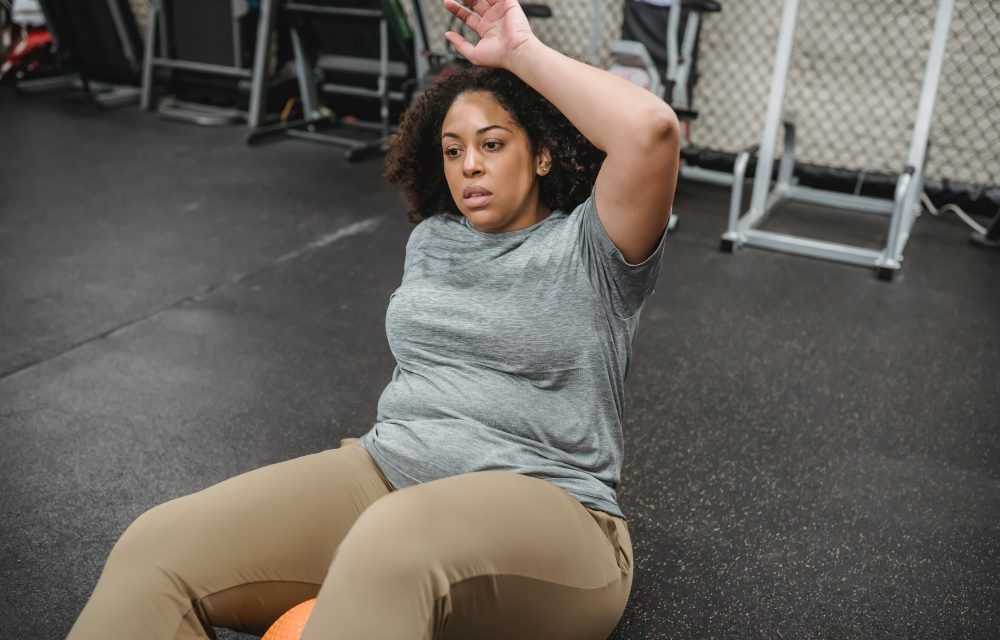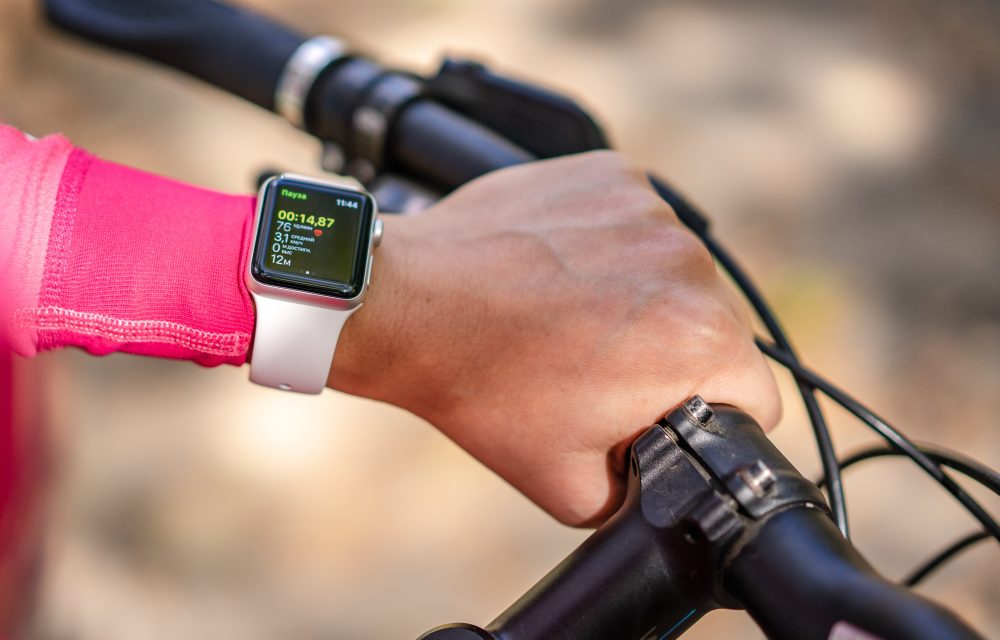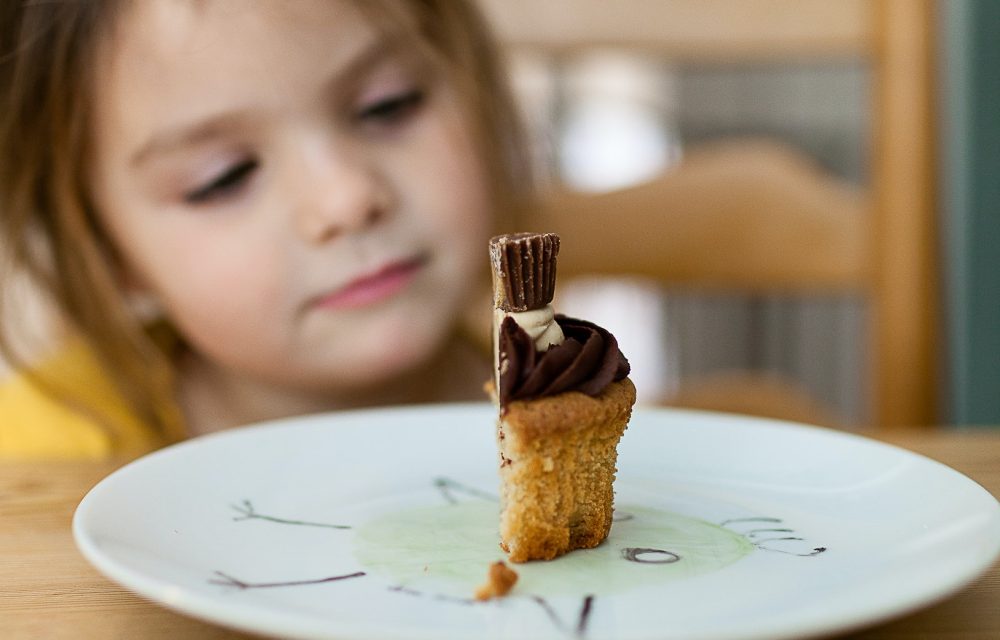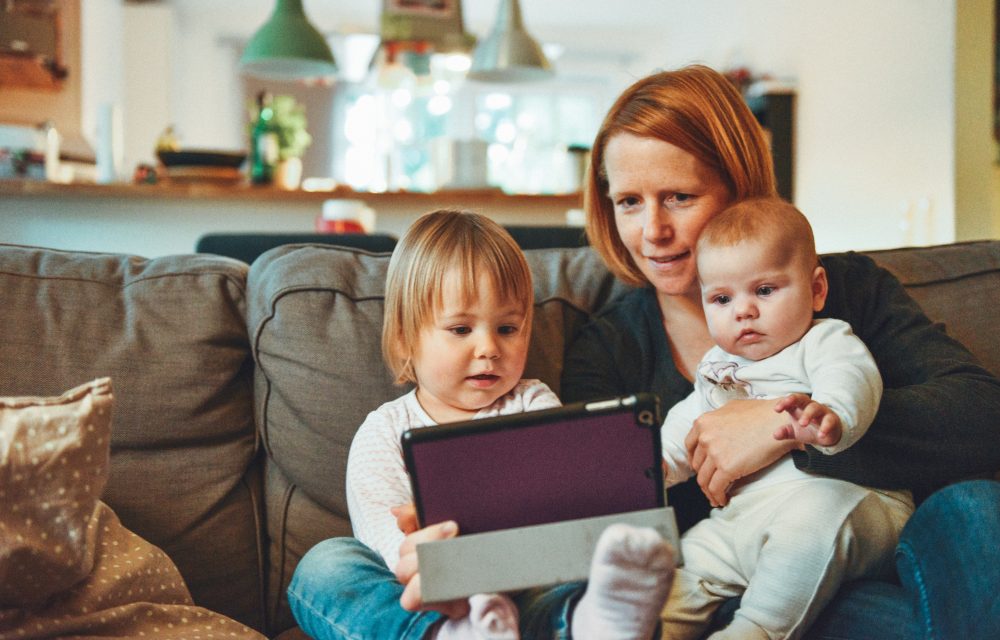The Importance Of Warm-Up And Cool-Down Exercises
People who workout on their own often fail to include warm-up and cool-down exercises. It’s always part of the program at Team-ISC in Sacramento, CA. These are short sessions performed before exercise and immediately following. They serve different purposes and use different styles. Warm-up exercises can be as simple as jumping rope or a brisk walk. Cool-down ones can be stretches or yoga poses.
Warm-up exercises prepare your body for increased effort.
Getting your body into full workout mode without a short warm-up can be a shock to the heart. The warm-up workouts increase circulation slowly. That gradual increase in effort slowly boosts your heart rate and boosts your breathing gradually. It also warms the other muscles of the body to help prevent injury. It starts the process of exercise in the brain to fire the neurons that make your session more productive. It helps prevent a sudden rise in blood pressure, gradually easing you into the intensity of a workout.
A cooling-down session can be used to increase flexibility.
Cool-down exercises gradually slow circulation and allow your blood pressure, heart rate, and temperature to slowly return to normal. Using stretches to cool down can help your fitness program in other ways. Your muscles are warm and more flexible, so it’s the perfect time to do exercises to increase your range of motion. That helps prevent injury in future sessions. Stretching the muscles can also reduce lactic acid and make recovery quicker.
The type of stretching used for each is different.
For warm-up exercises, you use dynamic stretching that involves similar movement to the action you’ll do during your workout. If you’re about to run, a brisk walk is a good example. Cool-down exercises use static stretches. Those are stretch-and-hold style exercises. Seated forward bending to touch the toes, the child pose, and the downward-facing dog are excellent cool-down exercises.
- Both cool-down and warm-up exercises help reduce lactic acid build-up. Warm-up exercises increase oxygen, which means less lactic acid. Cool-down exercises keep circulation higher to remove lactic acid from the muscles.
- Warm-up exercises boost your endurance and coordination. You’ll improve your agility, muscle control, and reaction time when you do warm-up exercises.
- After an intense workout, the muscles are loose and feel almost jelly-like. If you don’t do cool-down exercises, you risk injury from falling. Since the blood pools in the extremities, you also risk fainting.
- Warming up helps you get your thoughts together and focus more on your workout. It’s a time to switch from other activities to exercise before you increase intensity.
For more information, contact us today at Team-ISC











